Classroom management is a vital skill for new teachers, helping to create a positive learning environment where students can thrive. In this blog post, we’ll explore effective classroom management strategies for new teachers and share how specific products can support these strategies.
Understanding Classroom Management
Classroom management encompasses the techniques and methods that teachers use to maintain an organized and productive classroom. Effective classroom management strategies for new teachers not only minimize disruptions but also enhance student engagement and learning. Here are some strategies to set you on the right path.
Key Classroom Management Strategies
1. Establish Clear Rules and Expectations
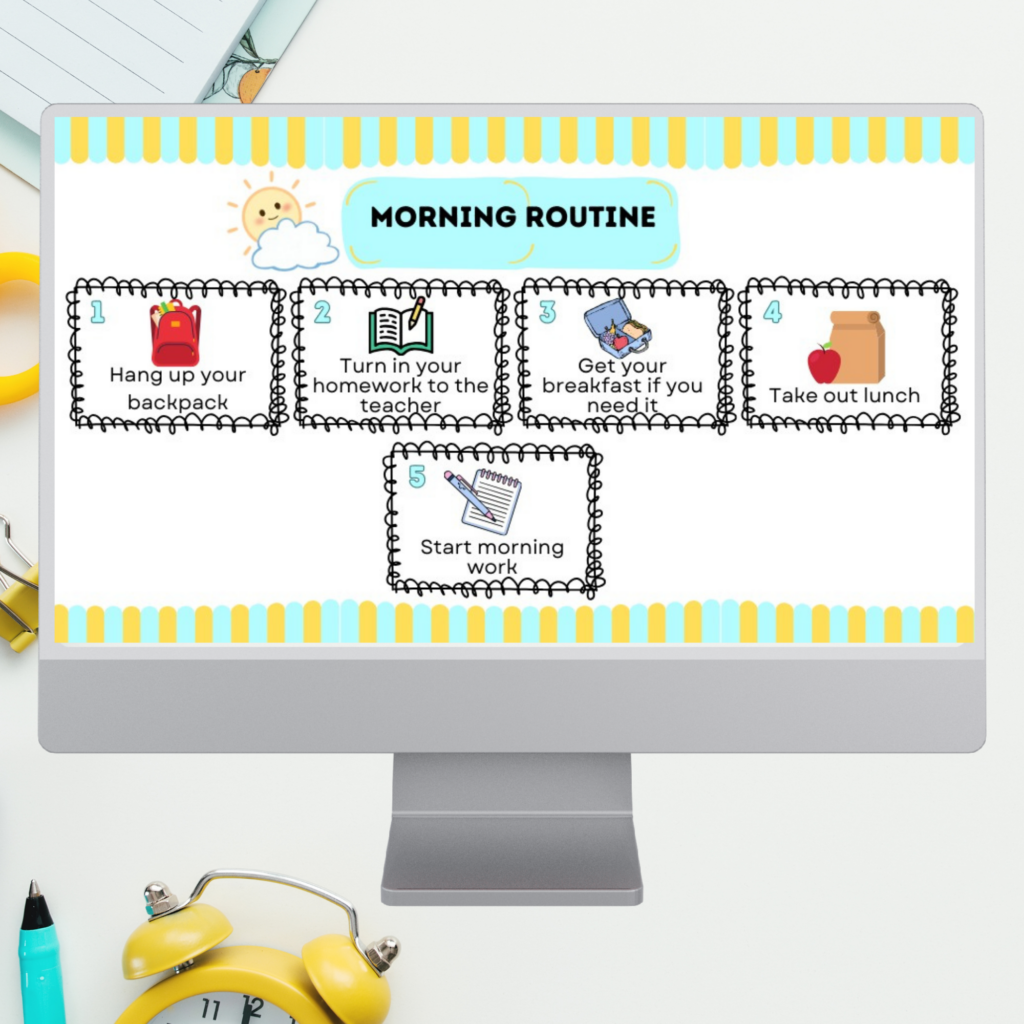
Setting clear rules from the start is crucial for effective classroom management strategies for new teachers. Involve your students in creating these rules to foster ownership and accountability. A great tool to help you with this is the Routines and Procedures resource. This product provides templates for establishing classroom norms, making it easier for you to communicate expectations to your students.
2. Use Visual Aids and Labels
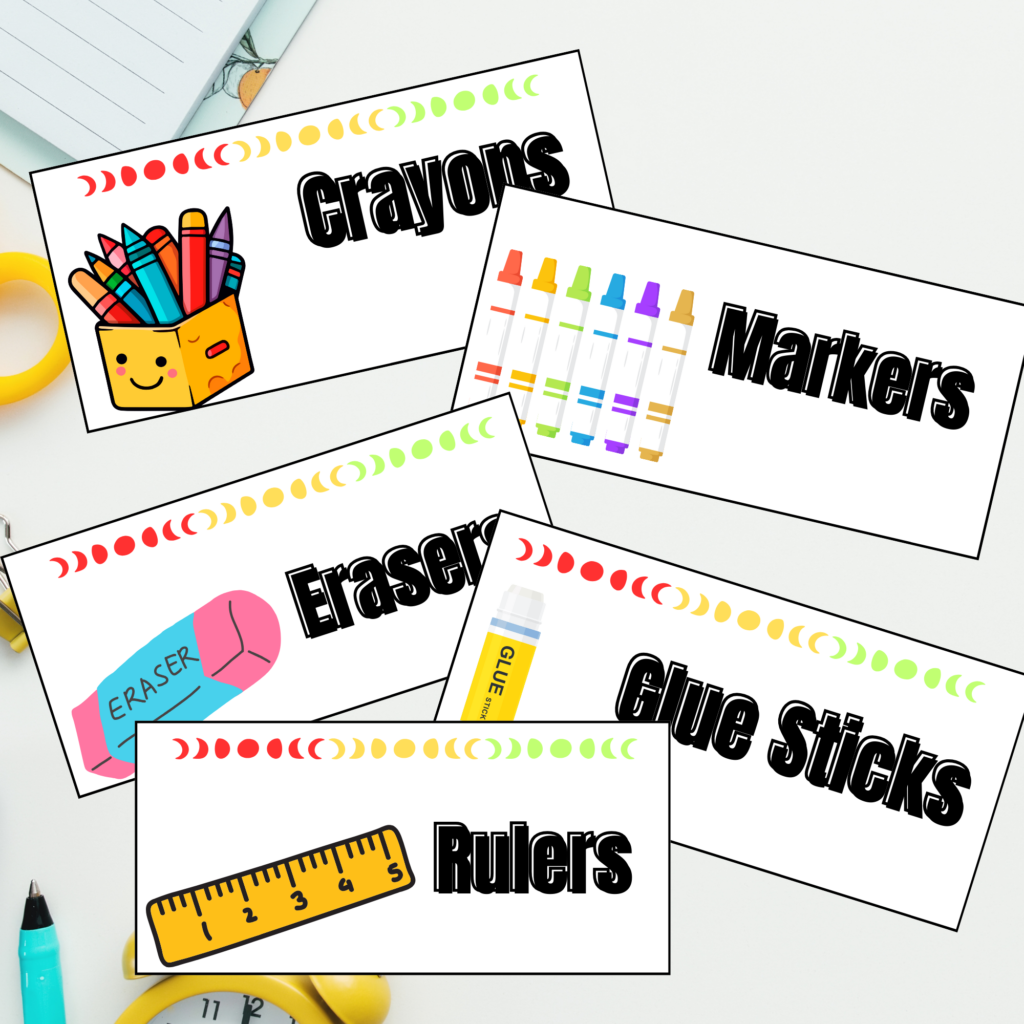
Visual aids can significantly enhance your classroom management strategies for new teachers. For example, using Teacher Toolbox Labels can help you organize your classroom supplies. When students know where to find things, it reduces confusion and keeps the classroom running smoothly.
3. Create a Positive Reinforcement System
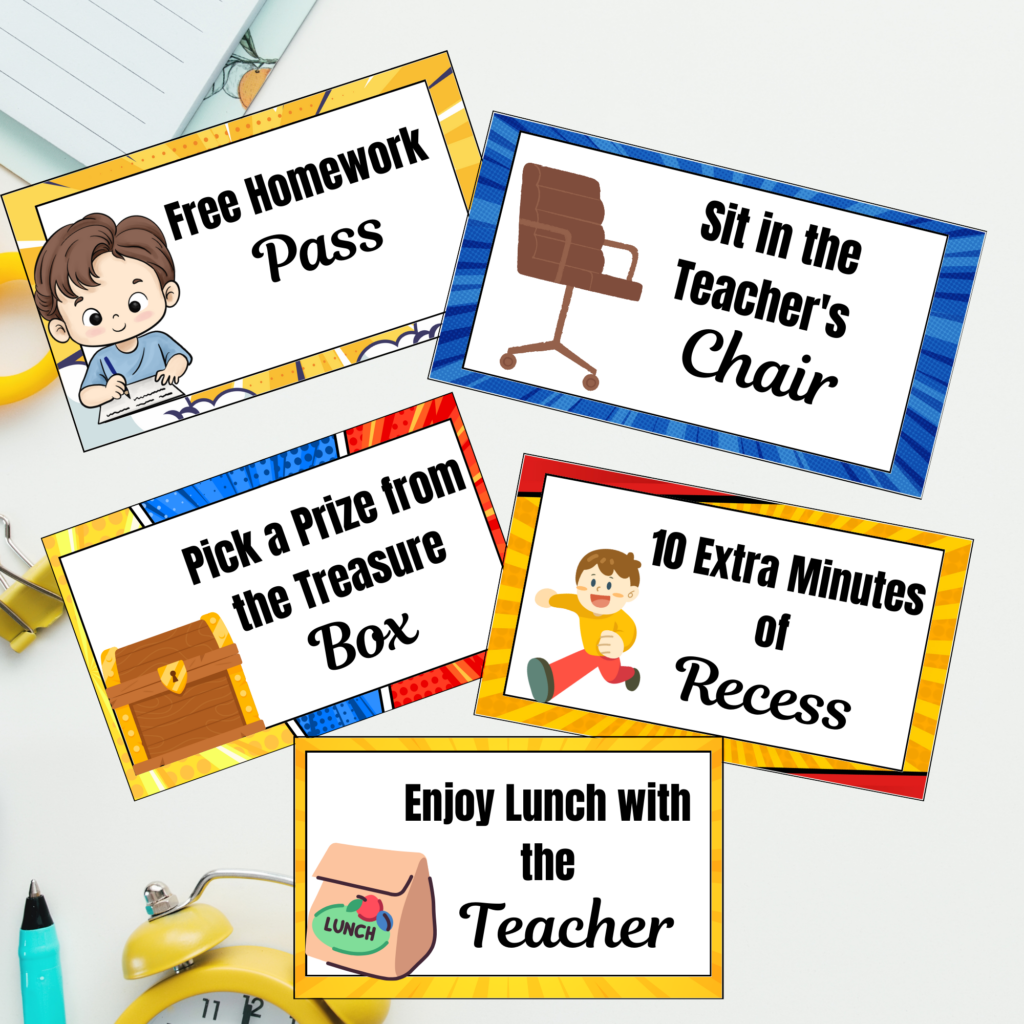
Encouraging positive behavior is essential in any classroom. Implement a reward system that acknowledges students’ efforts and good behavior. The Classroom Reward Coupons product is perfect for this! Offering coupons for special privileges or treats can motivate students to follow classroom rules and work hard.
4. Develop Consistent Routines
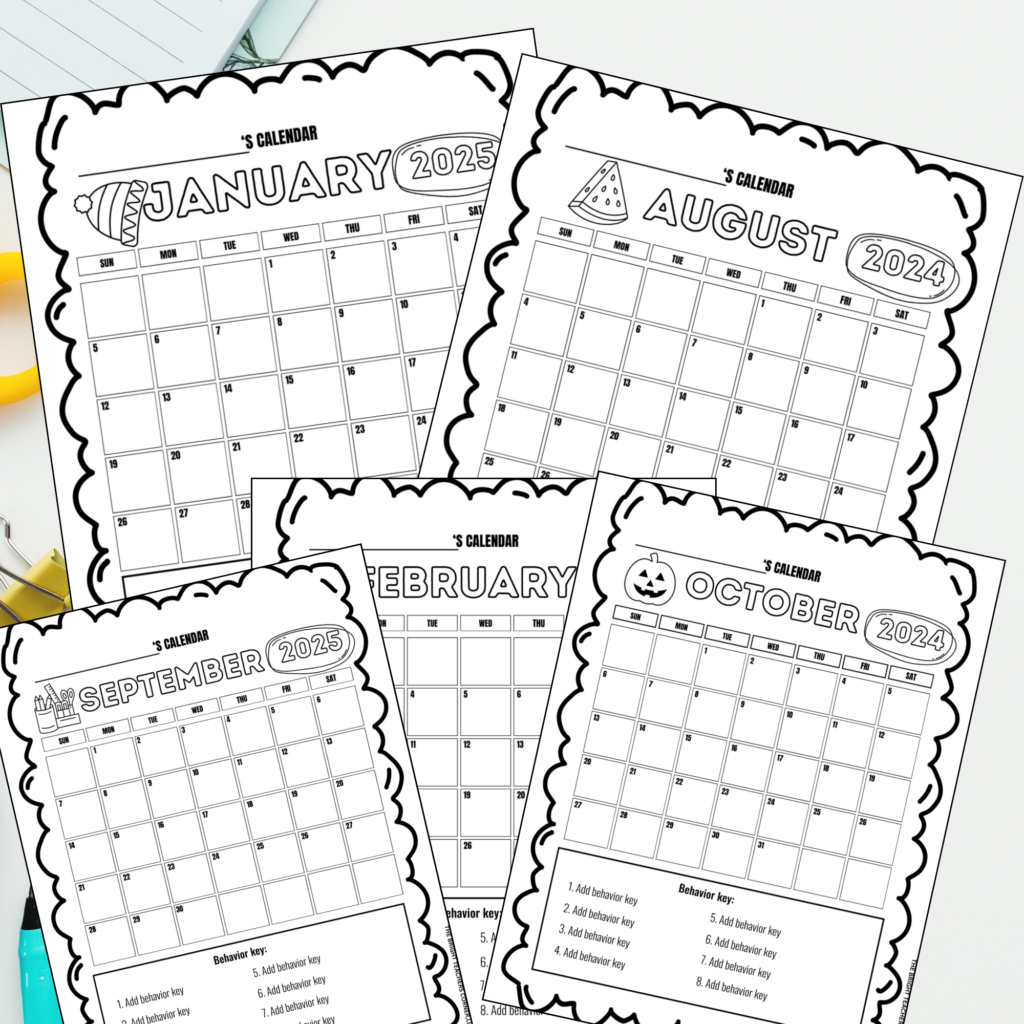
Consistency is key in classroom management. Establishing daily routines helps students know what to expect. The Editable Monthly Behavior Calendar is a handy tool for tracking student behavior and establishing routines. You can customize it to fit your classroom needs, ensuring everyone stays on track.
5. Organize Your Classroom Effectively
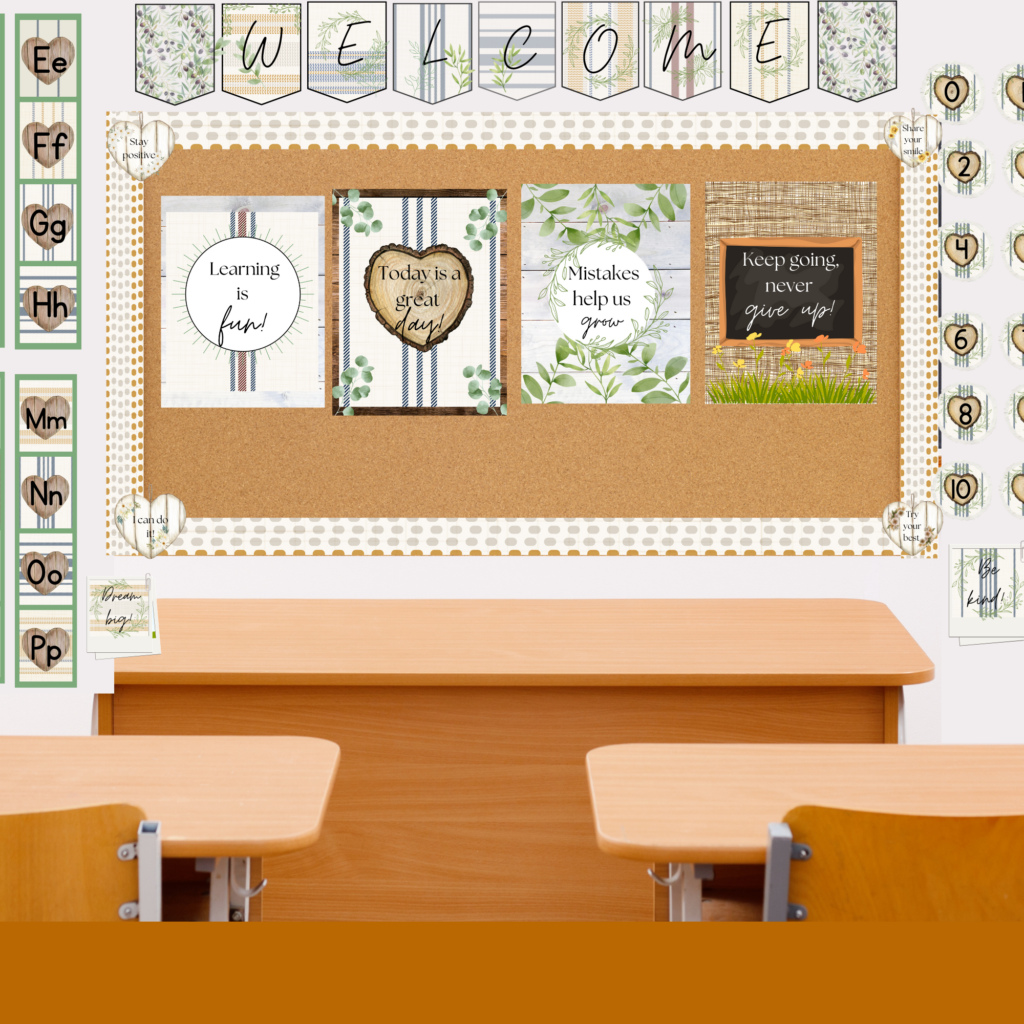
A well-organized classroom can reduce chaos. The Modern Farmhouse Classroom Decor product not only beautifies your space but also promotes organization. A visually appealing environment can enhance focus and make students feel more comfortable.
6. Foster a Welcoming Atmosphere

Making students feel welcome is essential for effective classroom management strategies for new teachers. Consider using Morning Greeting Choices to start each day positively. This practice allows students to choose how they would like to be greeted, fostering a sense of belonging and encouraging engagement from the start.
7. Build a Classroom Library
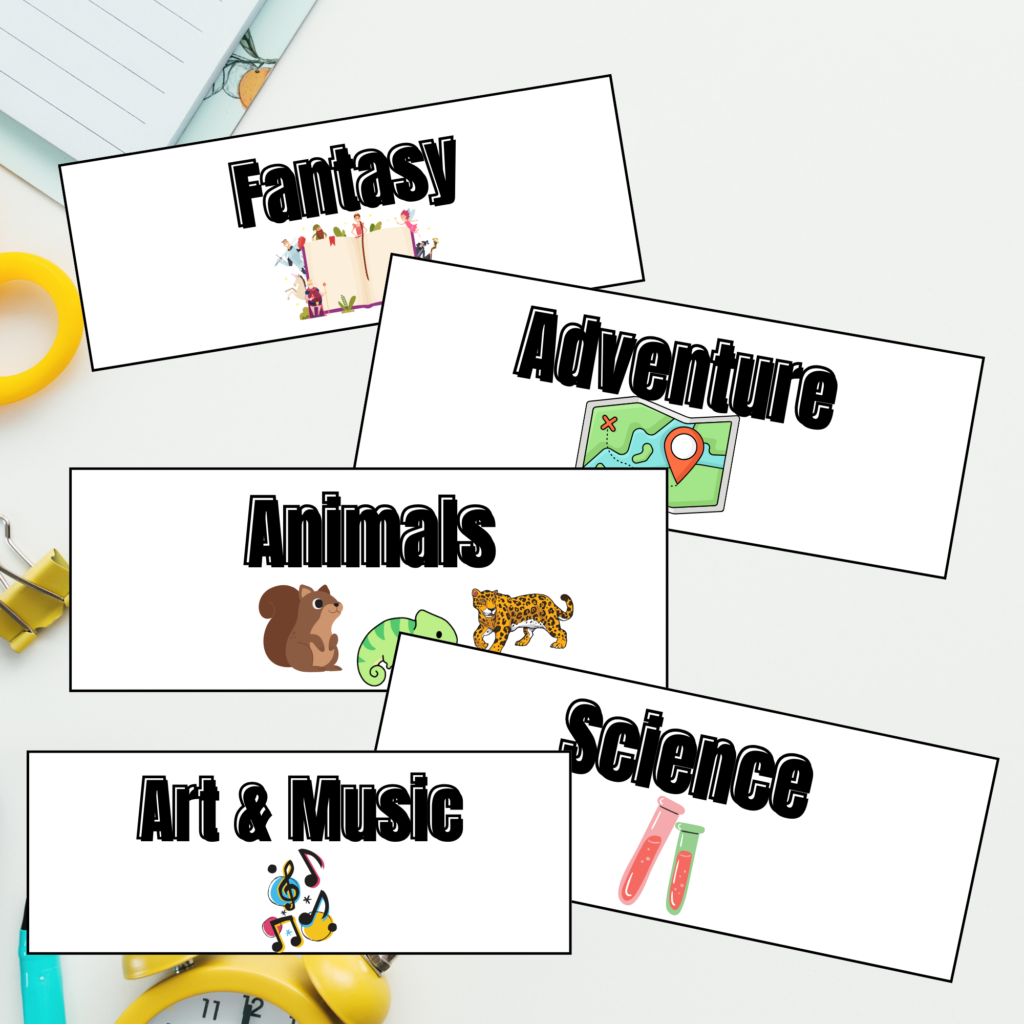
An inviting classroom library encourages reading and quiet time. Use the Classroom Library Book labels resource to create a space filled with engaging and age-appropriate books. A well-stocked library can captivate students’ attention and keep them occupied during independent work time.
Helpful Tips for New Teachers
- Stay Flexible: Be prepared to adjust your strategies as needed. What works for one class may not work for another.
- Seek Feedback: Regularly ask for feedback from your students about what they enjoy or find challenging in the classroom.
- Collaborate with Colleagues: Don’t hesitate to reach out to fellow teachers for advice and support. Sharing experiences can provide valuable insights.
FAQs
What is the best classroom management for elementary school?
The best classroom management strategies involve establishing clear rules, building relationships, and actively engaging students. Use positive reinforcement and consistent routines to create a supportive atmosphere.
What are some effective strategies for classroom management?
Effective strategies include setting clear expectations, using positive reinforcement, monitoring behavior, and developing conflict resolution skills. Additionally, engaging students in their learning is crucial for maintaining order.
Which classroom management style is best?
There is no one-size-fits-all answer to this question. The best classroom management style depends on your teaching philosophy, the needs of your students, and the specific dynamics of your classroom. A blend of authoritative and supportive approaches often works well for many teachers.
Conclusion
Effective classroom management strategies for new teachers are essential for creating an environment conducive to learning. By establishing clear rules, utilizing visual aids, and fostering a positive atmosphere, you can set the stage for success in your classroom.
Incorporating these resources into your classroom management strategies for new teachers can help you implement effective techniques seamlessly. Remember, classroom management is a journey, and with the right tools and strategies, you’ll be well on your way to creating a thriving classroom environment. Happy teaching!
